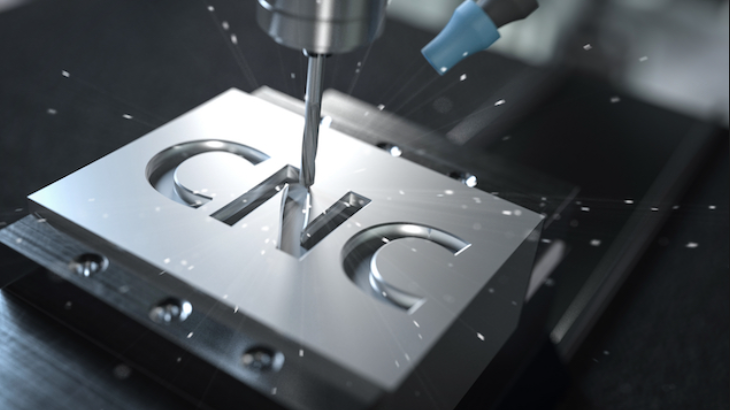When developing components using numerous technical polymers (such as PVC, POM, PEI, or PEEK), 3D printing is not possible. There is no dependable and cost-effective printing formula for these polymers. However, CNC plastic processing allows you to simply design any form of plastic based on the customer’s needs. Special materials for 3D printing are often expensive, and production costs are depending on the amount of materials used, implying that the cost of larger or more pieces is greater, but CNC processing plastic is a more convenient and cost-saving procedure. Following that, we’ll go through seven plastic polymers that are often utilized in CNC processing. Here, we talk about the overview of plastic materials commonly used in CNC processing.

1. ABS
ABS is a popular thermoplastic material that has exceptional mechanical qualities, excellent impact strength, high heat resistance, and good machinability. ABS has a low density, making it ideal for lightweight applications. CNC-processed ABS components are typically utilized as prototypes prior to injection mass production.
Material characteristics:
1.00-1.05 g/cm3 is a typical density.
2.Nylon
Nylon, also known as polyamide (PA), is a thermoplastic that is commonly used in engineering applications due to its outstanding mechanical qualities, strong chemical resistance, and wear resistance. However, it is easily absorbed by water and moisture.
The most widely utilized brands in CNC processing are nylon 6 and 66.
Material characteristics:
1.14 g/cm3 is the average density.
3. Polycarbonate
Polycarbonate is a thermoplastic material with exceptional impact strength, outstanding machinability, and high toughness (superior to ABS). It can be tinted, although it is normally optically clear, making it suitable for a broad range of applications such as fluid devices or automobile glass.
Material characteristics:
1.20-1.22 g/cm3 is a typical density.
4. POM
POM (Delrin) is often the ideal material to use for CNC machining of plastic components that require high accuracy, rigidity, low friction, exceptional high temperature dimensional stability, and extremely low water absorption.
Material characteristics:
1.20-1.22 g/cm3 is a typical density.
5.PTFE (Teflon)
PTFE, often known as Teflon, is a chemical and heat resistant technical thermoplastic having the lowest friction coefficient of any known solid.
Teflon (polytetrafluoroethylene) is a superb electrical insulator and one of the few polymers that can tolerate working temperatures exceeding 200 °C. It has primarily mechanical qualities, though, and is frequently used as a liner or insert in components.
Material characteristics:
2.2 g/cm3 is the average density.
6. HDPE
HDPE is a thermoplastic having a high strength-to-weight ratio, excellent impact strength, and strong weather resistance.
HDPE is a lightweight thermoplastic that is ideal for outdoor applications and pipes. It, like ABS, is frequently used to build prototypes prior to injection molding.
Material characteristics:
Density: 0.93-0.97 g/cm 3 on average
7. PEEK
This is a high-performance engineering thermoplastic with good mechanical qualities, thermal stability across a wide temperature range, and chemical resistance.
Because of its excellent strength-to-weight ratio, PEEK is frequently utilized to replace metal components. PEEK is also available in medical grade, making it appropriate for biomedical applications.
Material characteristics:
1.32 g/cm 3 is the average density.